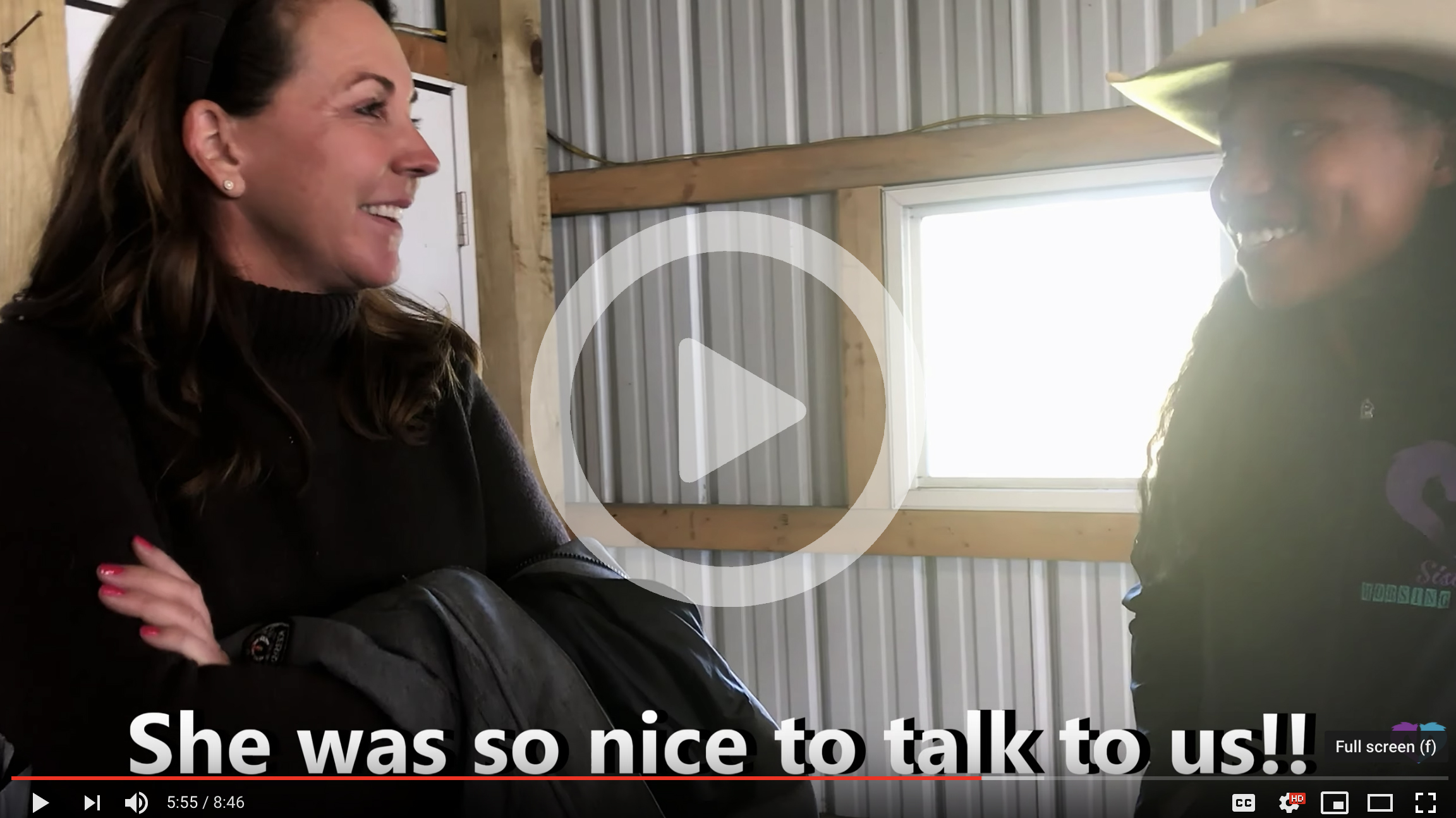Whether you are managing a large show barn or boarding operation or taking care of your own mounts, chances are good that you got into the role for one primary reason: because you enjoy spending time with horses.
Unfortunately, if you’re in one of the aforementioned positions, you also know that far too often time spent enjoying the horses can get overshadowed by the scheduling of lessons, and farrier visits, and veterinary appointments, and the horse show entries, and the feeding, and the record keeping, and the tack and equipment organization and maintenance, and the planning of each day, and… well, you get the idea!
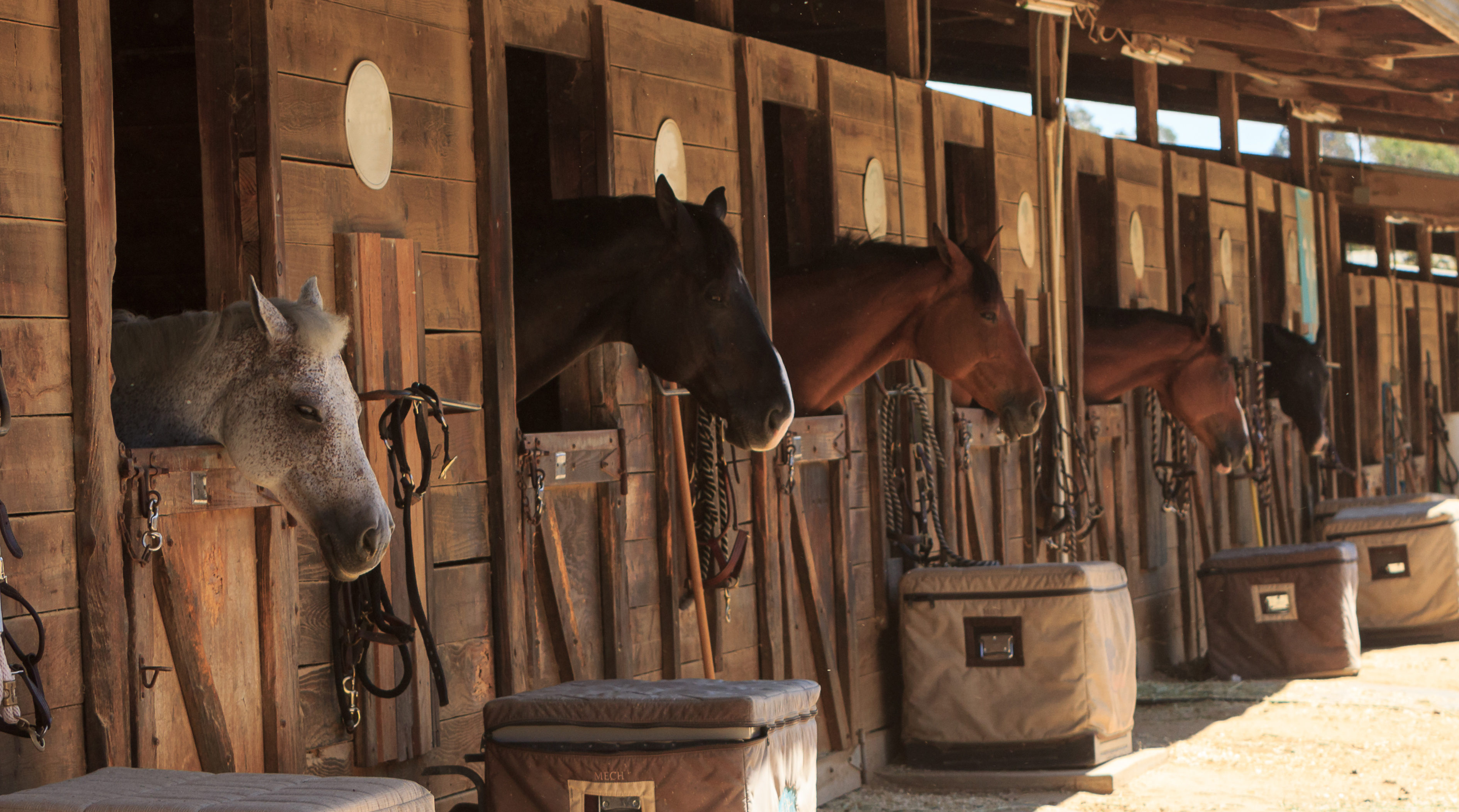
While you can’t eliminate these things entirely – they’re important to keeping the horses happy and healthy and the business running smoothly – there are several ways that you can streamline your paperwork and simplify your barn management to get you out of the office or away from the white board and back with the horses more often!
1) Take advantage of time-saving barn hacks.
Want to save time watering horses? Add a second water bucket to each stall and fill them up simultaneously to last longer and save you a refill trip.
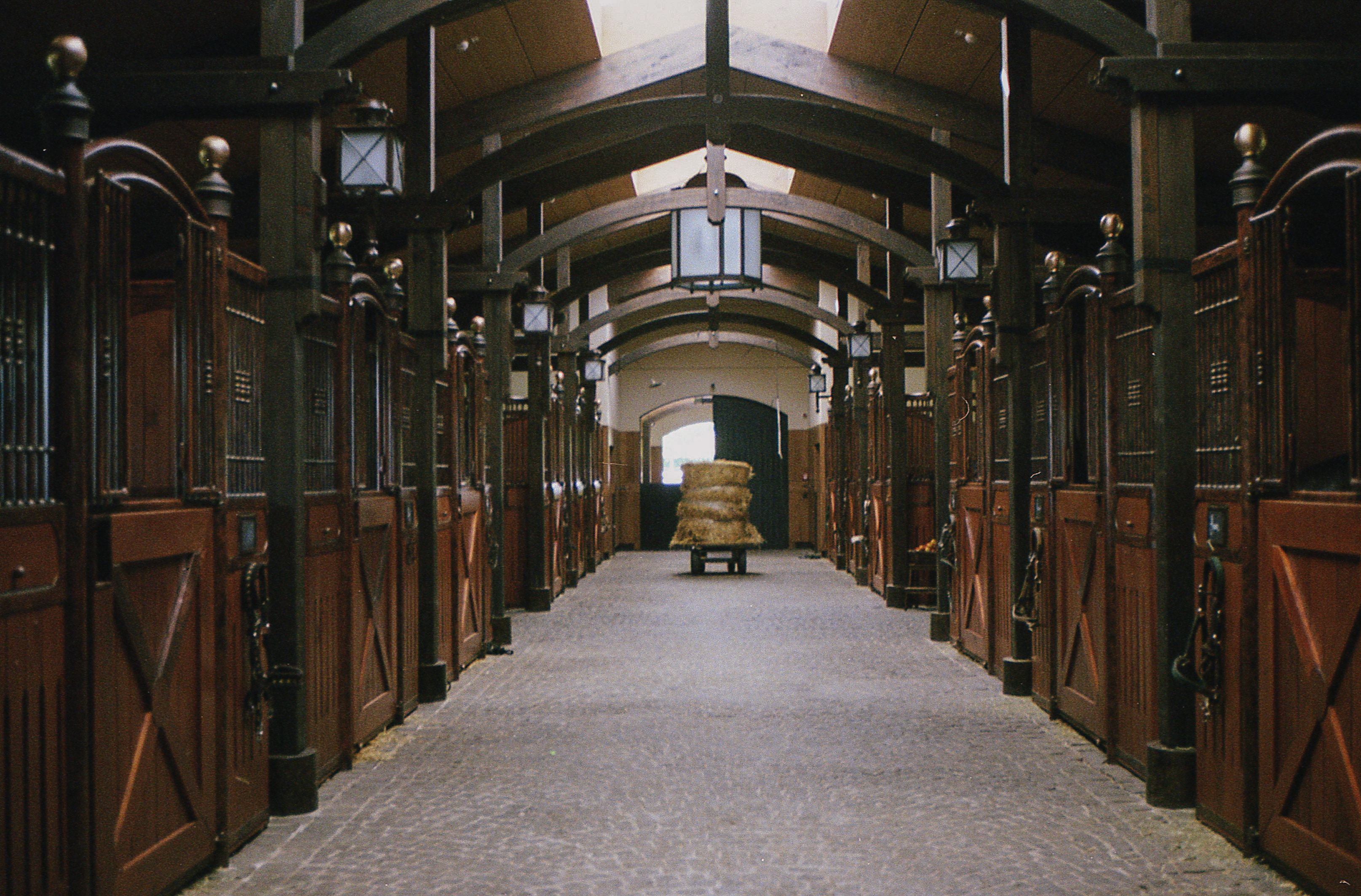
Using polo wraps? ProEquineGrooms recommends using a pair of scissors to cut a design, like a notch or zig-zag, into the ends of matching polo wraps to save time matching up pairs. Do you have to make multiple trips to the feed room at dinner time? Instead of going back and forth, prepare all horses’ meals and put them into a wheelbarrow or add feed and supplements to a wheeled cart with compartments so that you can roll down the aisle way, stopping at each stall as you go. Peruse our blog, and you’ll find lots more tips and tricks like these!
2) Go digital with BarnManager!
Of course, we think one of the best and most all-encompassing ways to streamline your management responsibilities is to cut back on the paperwork and binders of information by using BarnManager!
With BarnManager, you can house all of your horses’ health records, feed schedules, and training notes in one location rather than in binders, file folders, and notes on a white board. You can also grant access to any additional members of your team so that they can be kept in the loop and receive notifications should anything, such as a horse’s feed or supplements, change.
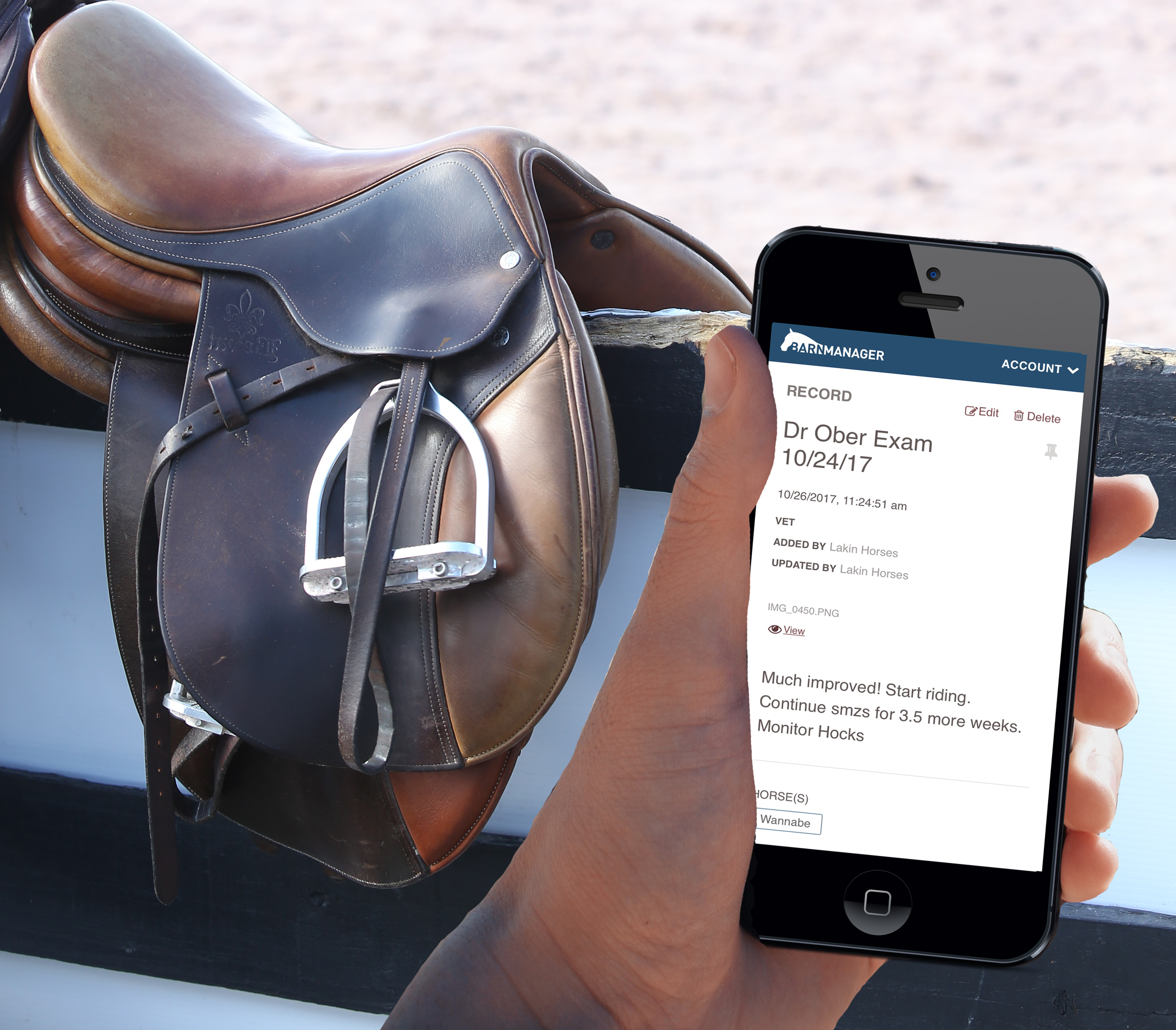
Within the app, you are also able to schedule lessons, send searchable barn-wide conversations and private messages, make customizable tables and lists such as horse show packing lists, snap photos of your horses’ records to directly attach them to their records, and even create “discharge reports” that quickly compile all of a horse’s key information and veterinary records so that you could pass them along to a new owner or caretaker as needed.
3) Get organized and plan ahead.
By staying organized, continually looking ahead to the next day, and planning in advance, you can save yourself a great deal of time in the long run! In speaking to many of the industry’s top barn managers and grooms, the top two time-saving tips that were repeatedly given were setting yourself up for the next day the night before and staying organized.
Some managers recommended creating lists of what tack and equipment is used with each horse (either within an app like BarnManager or a physical list hung in the tack room), so there is no question for any students or other staff unsure of what to use – and it will save you time having to answer questions.
Others suggested putting tack or equipment away as soon as you are done with it so that there isn’t a pile to clean and organize at the end of the day. Almost all managers asked agreed that leaving the barn unorganized at the end of the night only sets you up for disappointment and a harder day the next morning! Particularly if you are at show, it can be wise to think about what equipment you will be using the next day and in what order and put it away in a manner that makes it most accessible in that order.
4) Maximize your down time.
If you are managing a barn full-time, take advantage of any free time to squeeze in tasks that will make your life simpler later. This could be picking stalls so that the piles don’t add up and make the full stall cleaning more difficult later, or topping off water buckets, or polishing tack, or maybe just squeezing in a little bit of extra one-on-one time with your favorite horse to remind you why you’re doing this in the first place!
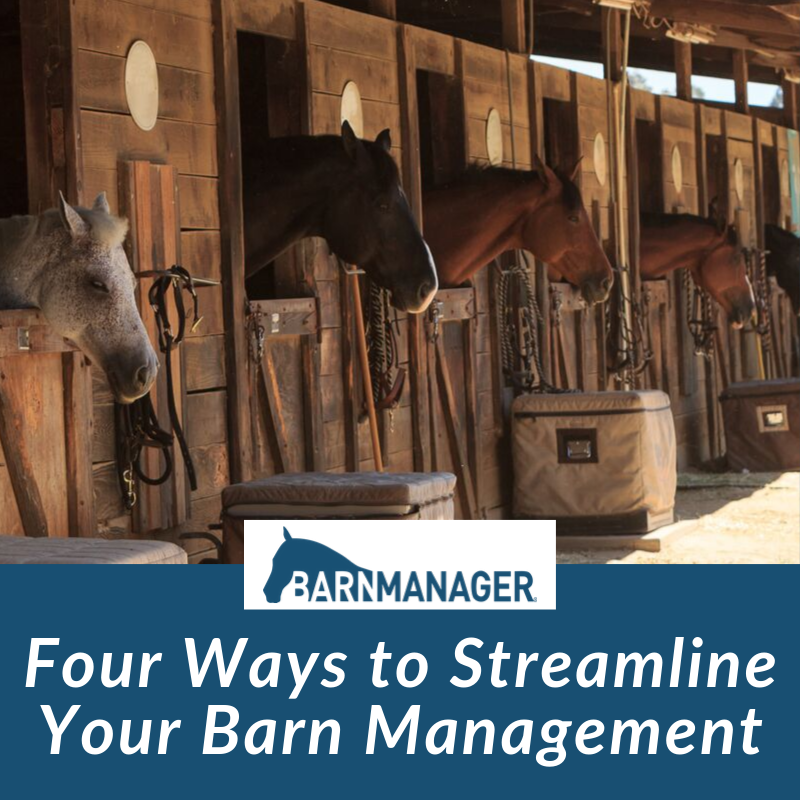
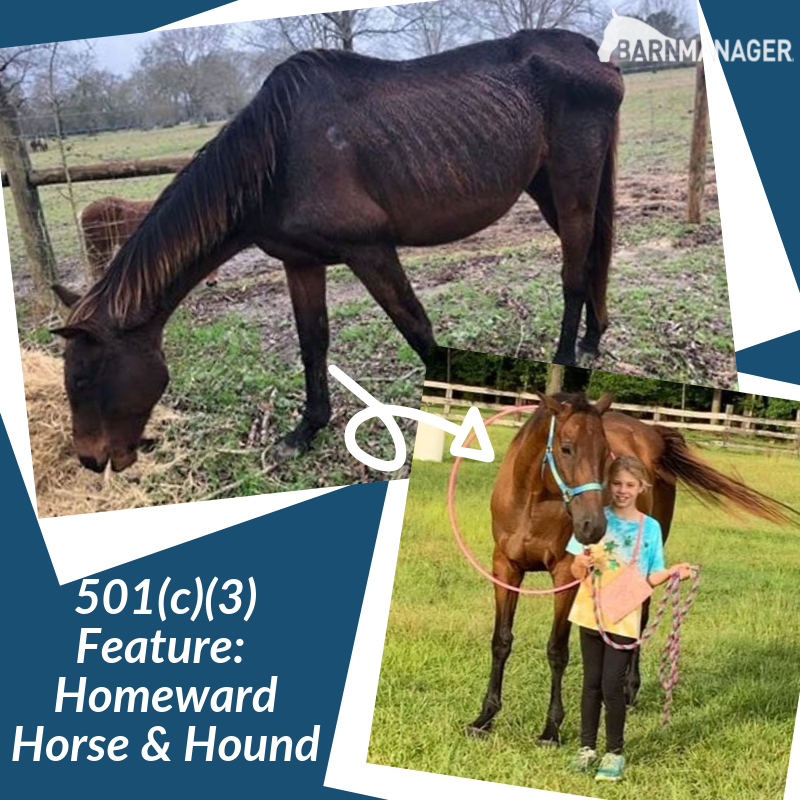
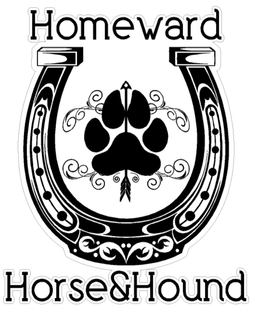 Miranda Swilley was rehabilitating a rescued hound dog named Sadie when she came to the realization that there was no hound-specific rescue in her home state of Mississippi. Recognizing this, Swilley began advocating for and taking in abandoned or neglected hounds.
Miranda Swilley was rehabilitating a rescued hound dog named Sadie when she came to the realization that there was no hound-specific rescue in her home state of Mississippi. Recognizing this, Swilley began advocating for and taking in abandoned or neglected hounds.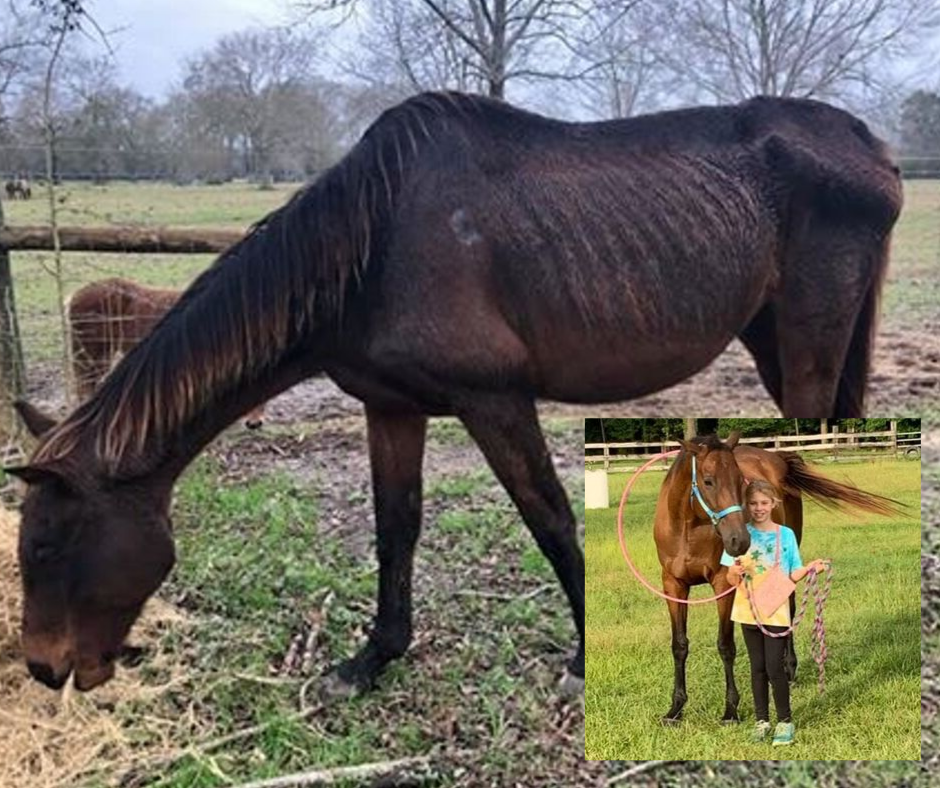
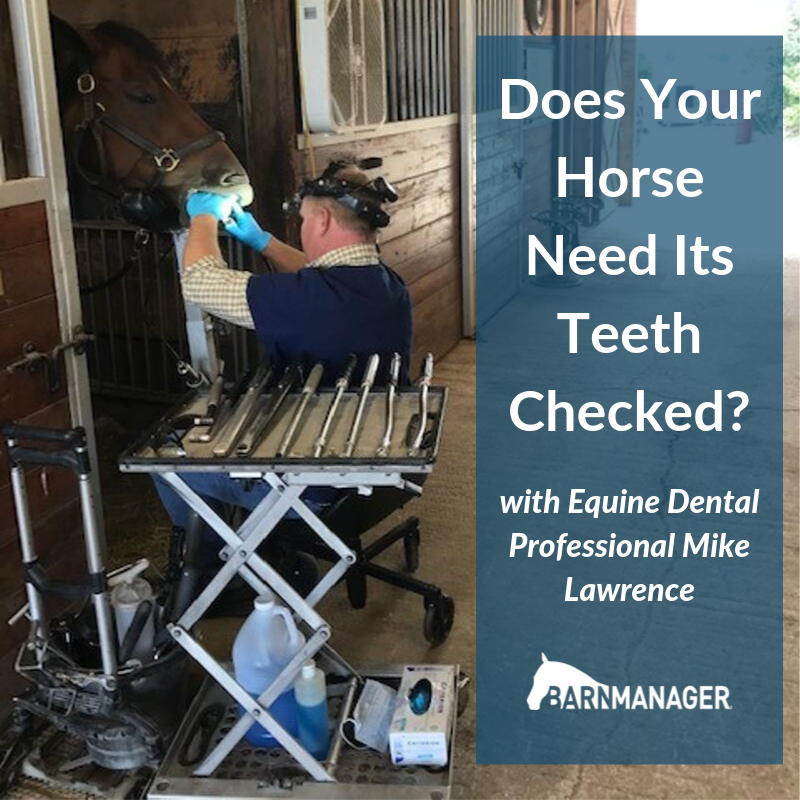
 Horses’ teeth naturally erupt and develop sharp enamel points when they masticate. These points can abrade the tissues of the mouth and cause your horse discomfort. These points and malocclusions, or deviations from normal dental contact, can also affect the natural motion of the mandible when chewing or being ridden, particularly if the horse wears a tight noseband.
Horses’ teeth naturally erupt and develop sharp enamel points when they masticate. These points can abrade the tissues of the mouth and cause your horse discomfort. These points and malocclusions, or deviations from normal dental contact, can also affect the natural motion of the mandible when chewing or being ridden, particularly if the horse wears a tight noseband.
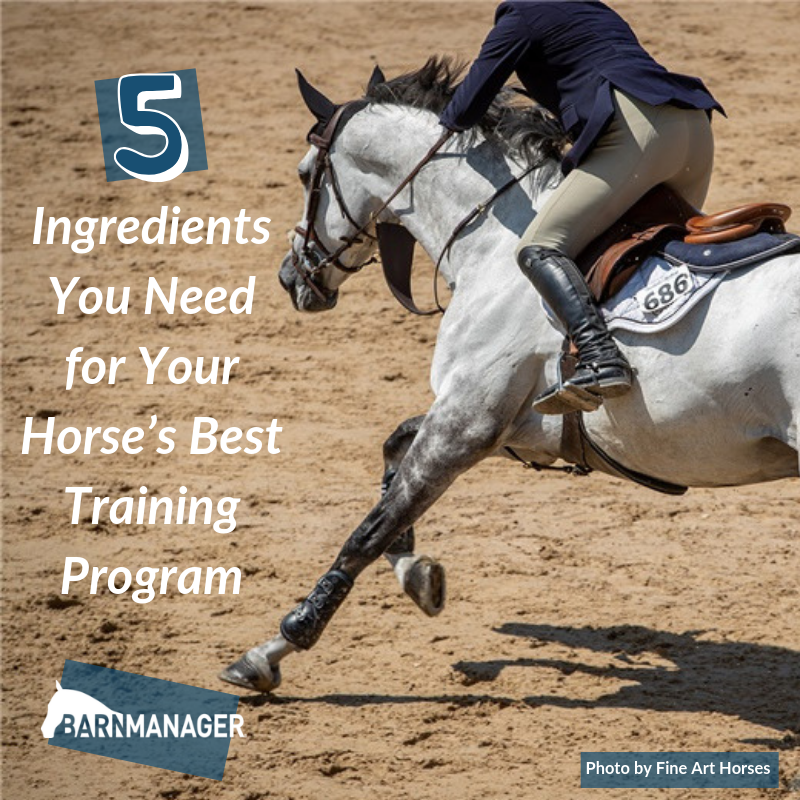
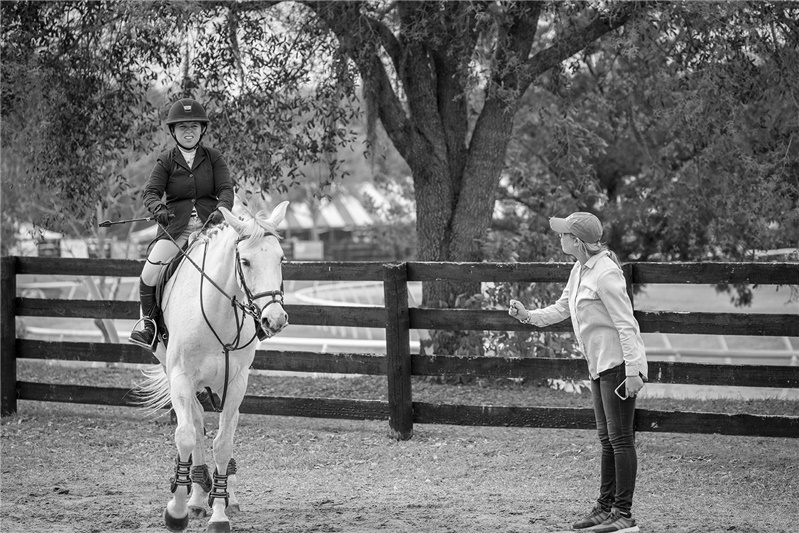 Caitlyn Shiels with student Marisa Malevitis. Photo by
Caitlyn Shiels with student Marisa Malevitis. Photo by 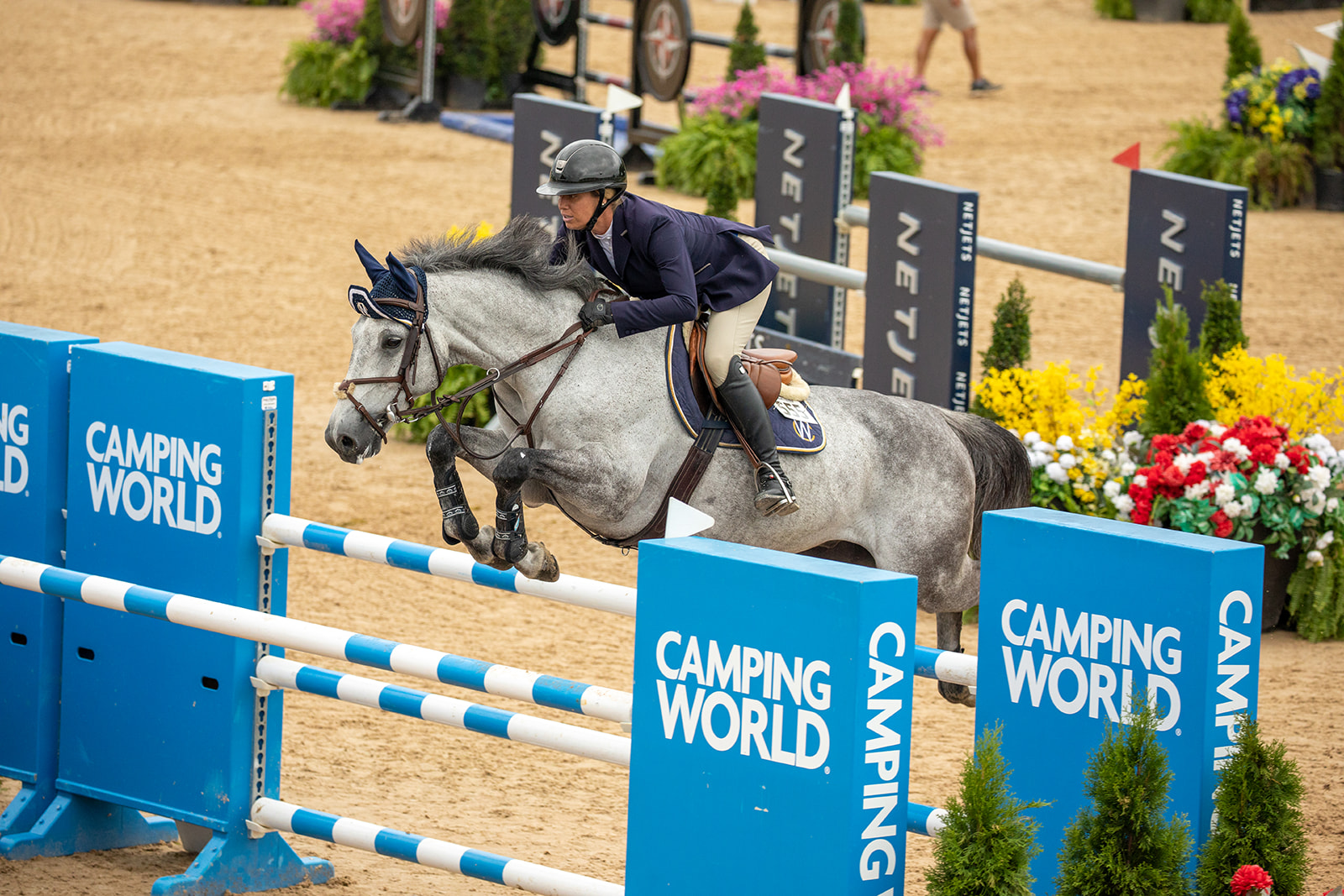 Caitlyn Shiels incorporates various forms of fitness work into the programs for all of her horses, including
Caitlyn Shiels incorporates various forms of fitness work into the programs for all of her horses, including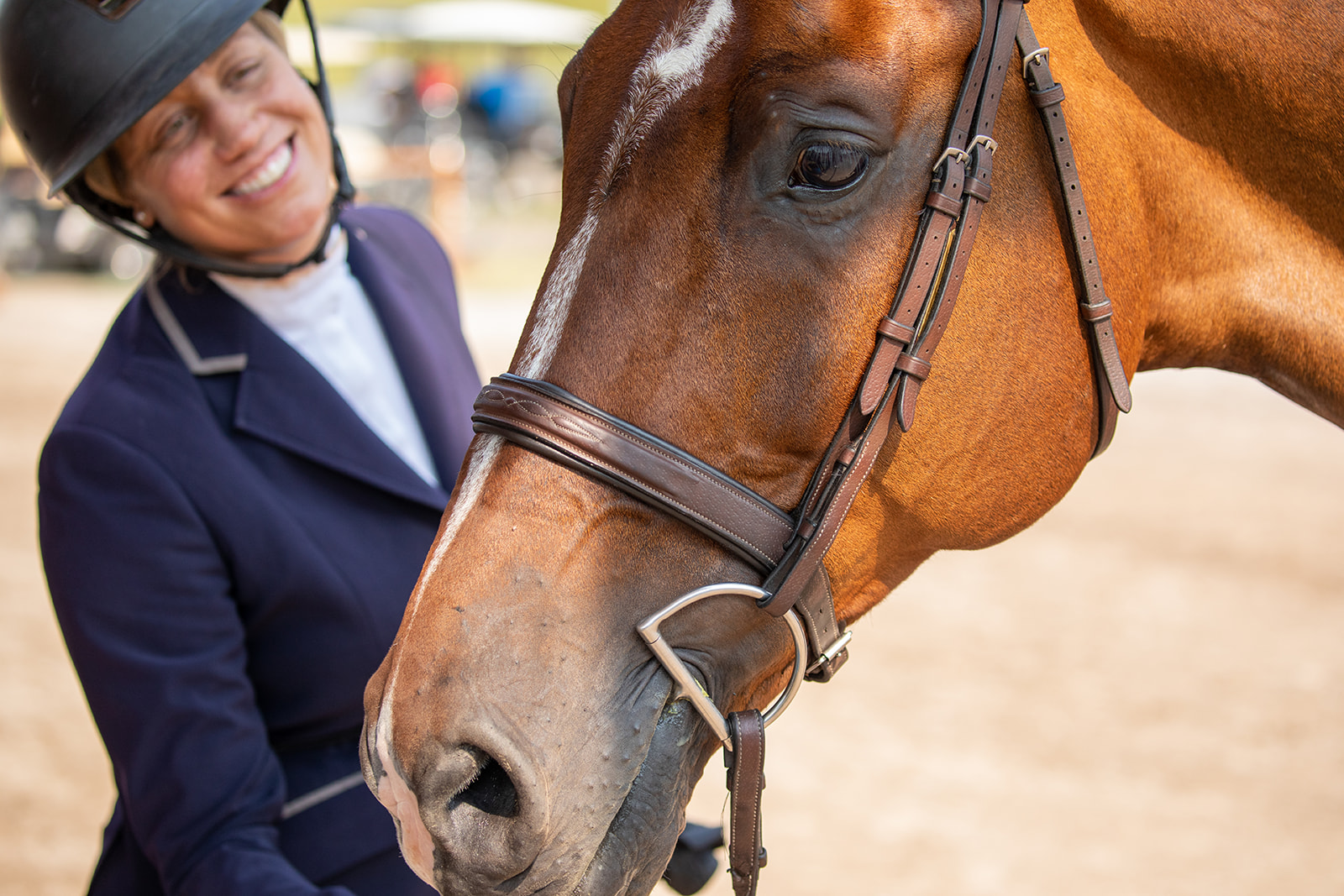 Caitlyn Shiels and Durpetti Equestrian LLC’s Cassius. Photo by
Caitlyn Shiels and Durpetti Equestrian LLC’s Cassius. Photo by 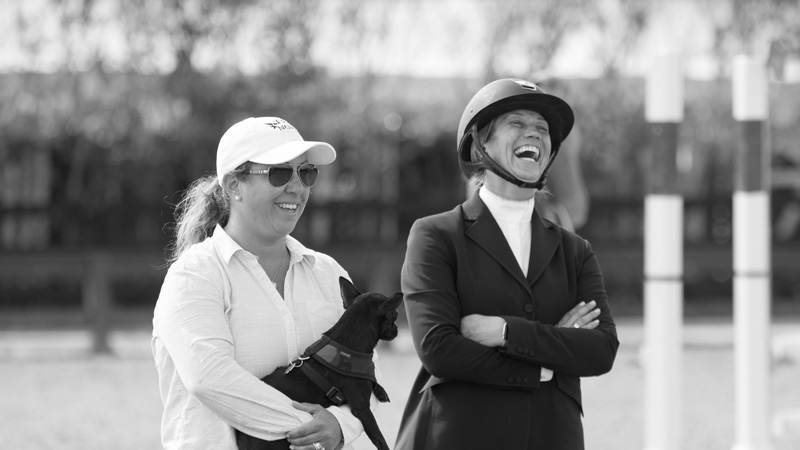 Michelle Durpetti and Caitlyn Shiels. Photo by
Michelle Durpetti and Caitlyn Shiels. Photo by 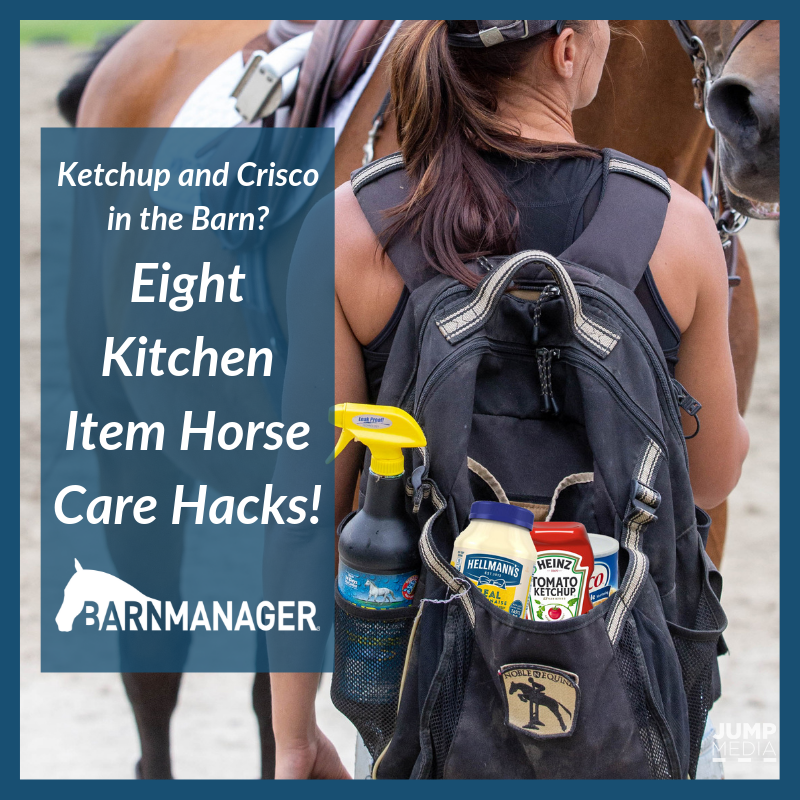
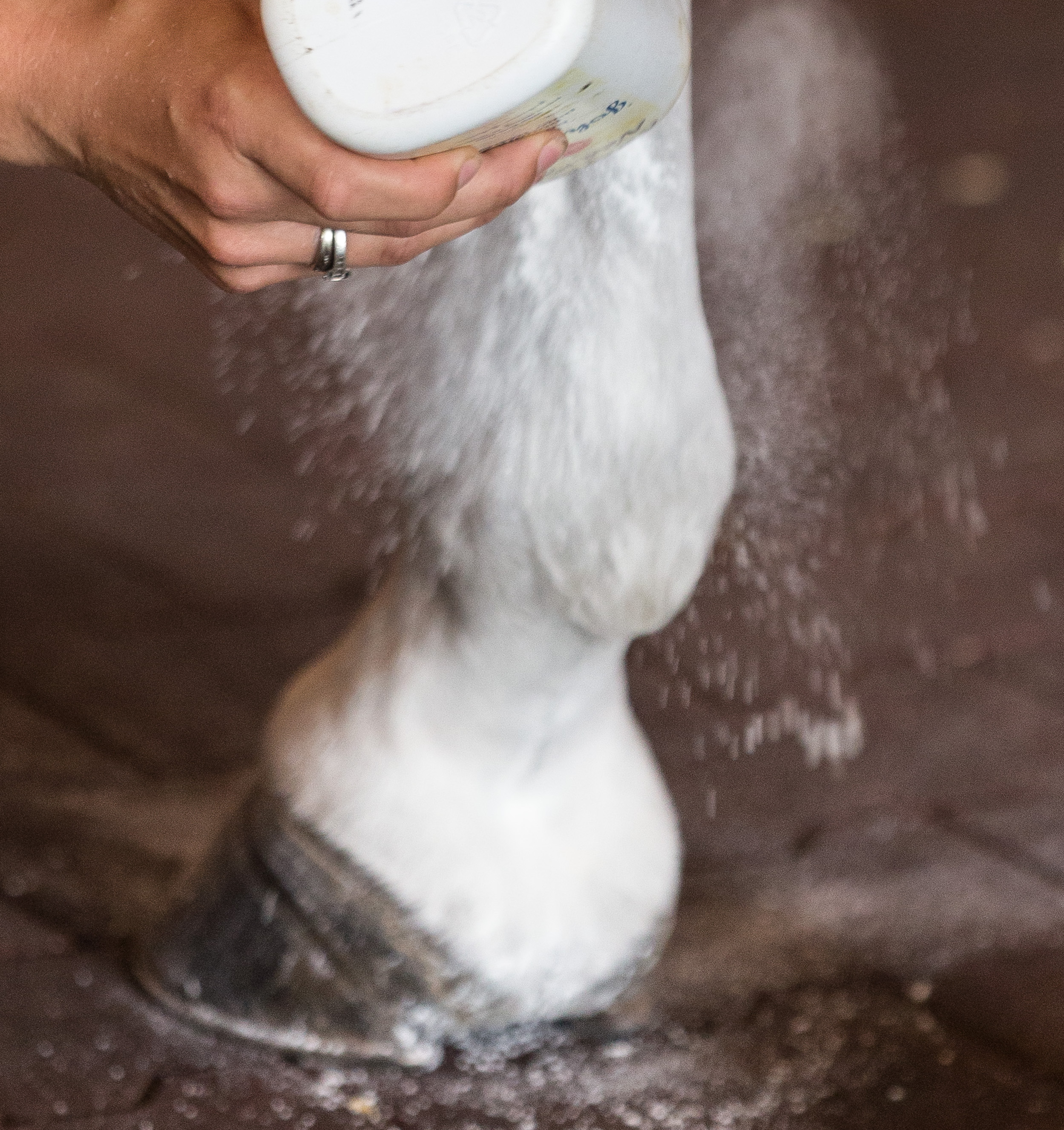
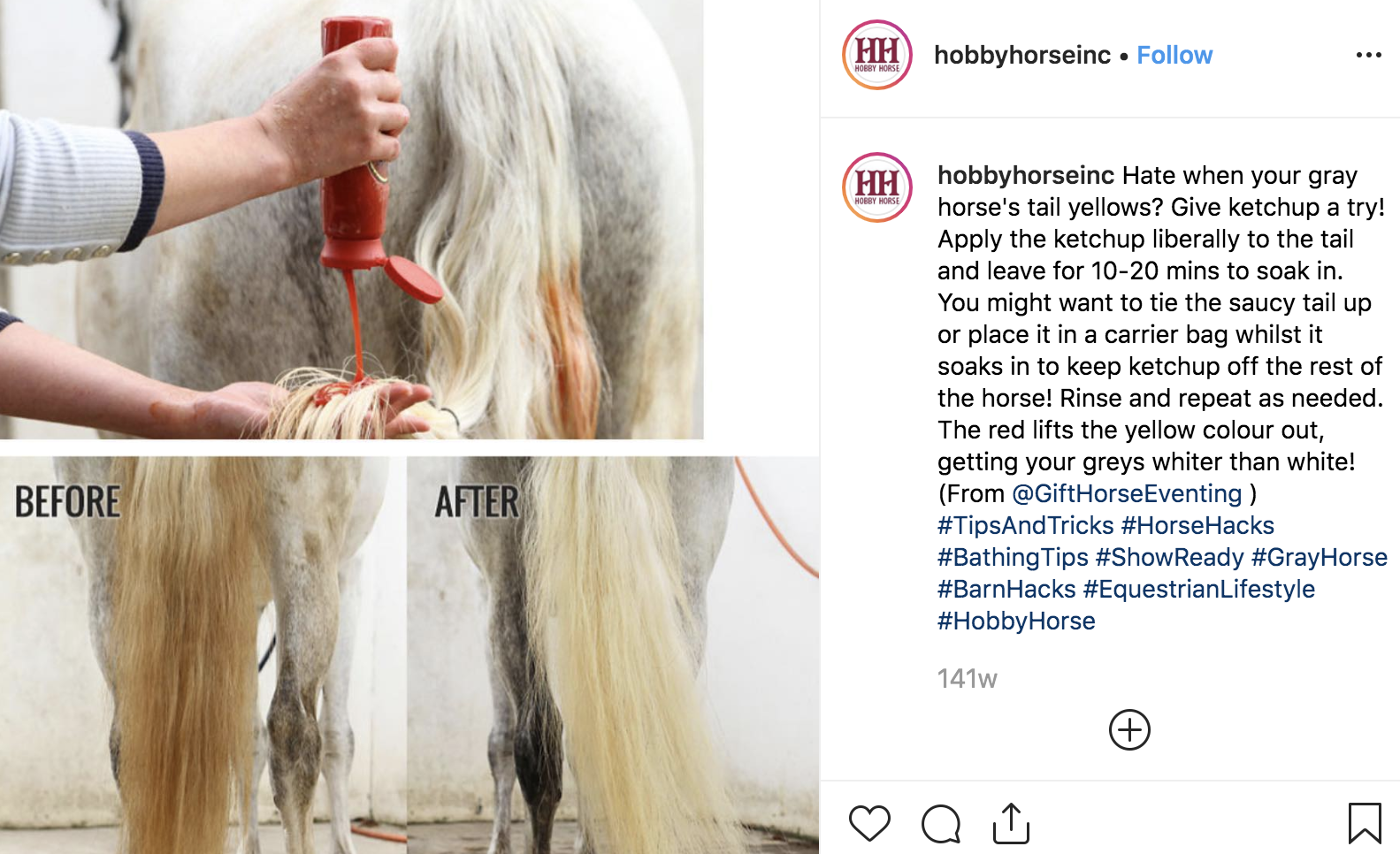
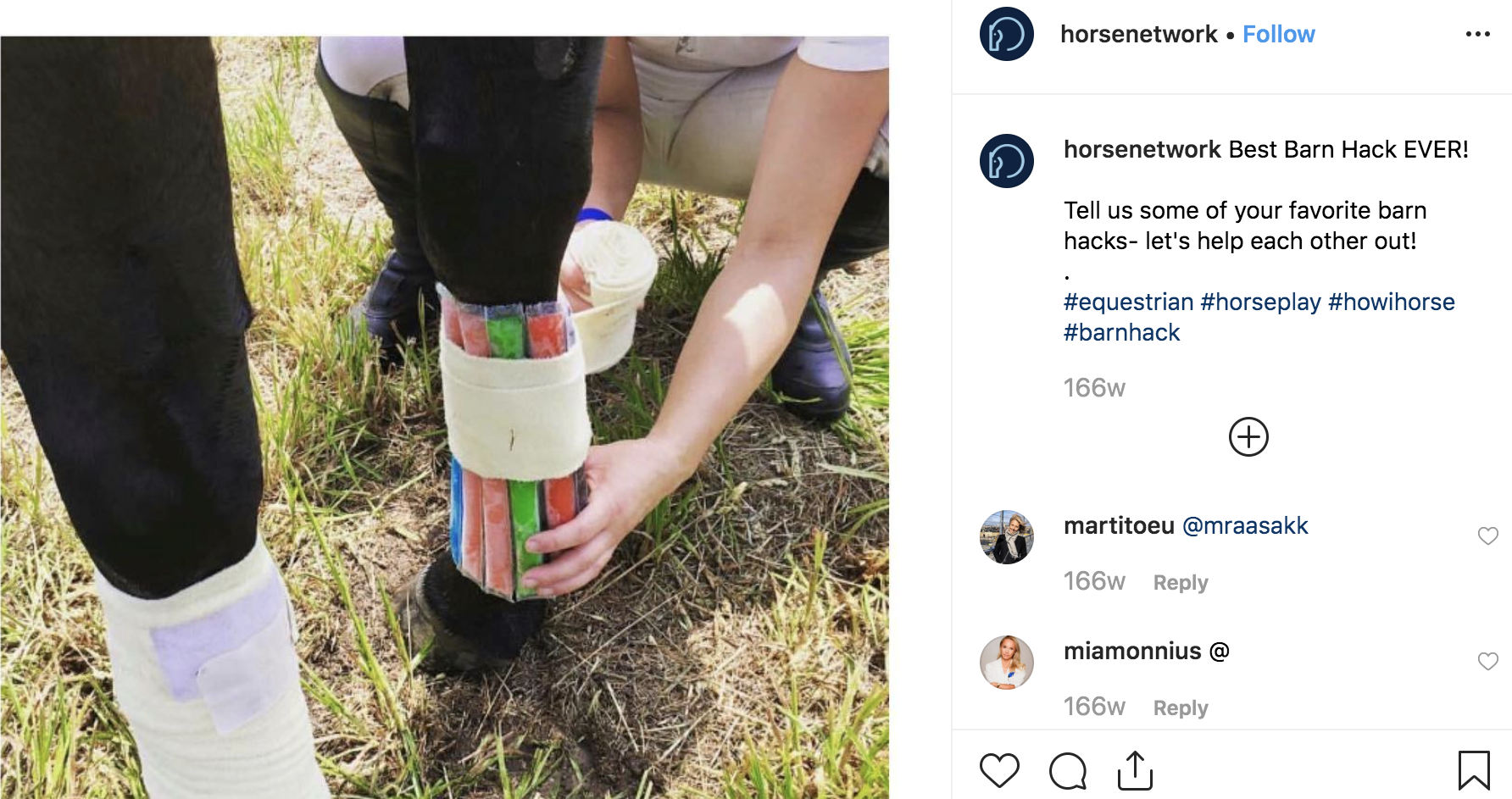
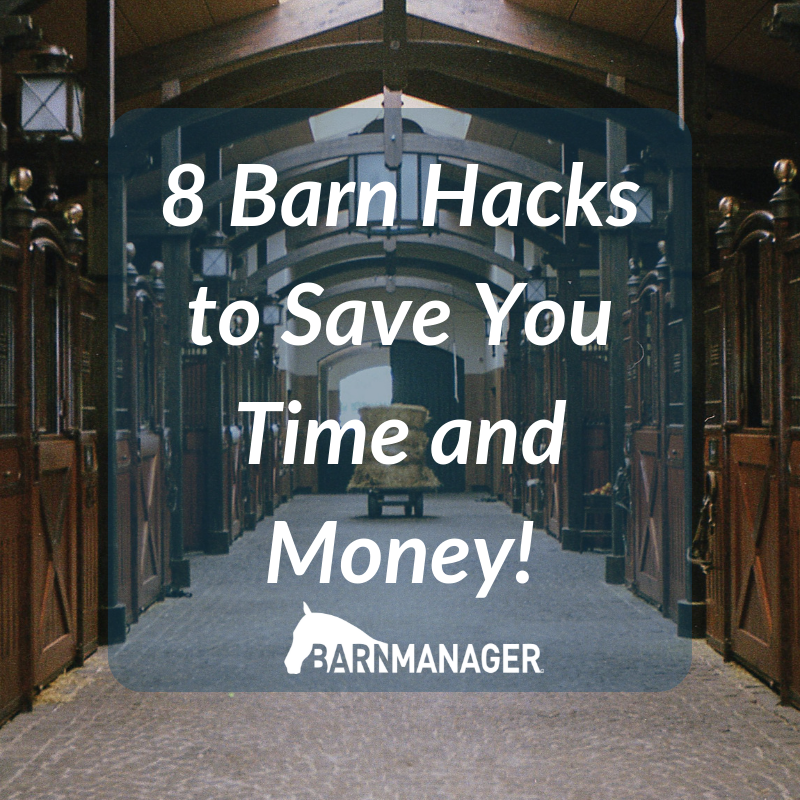

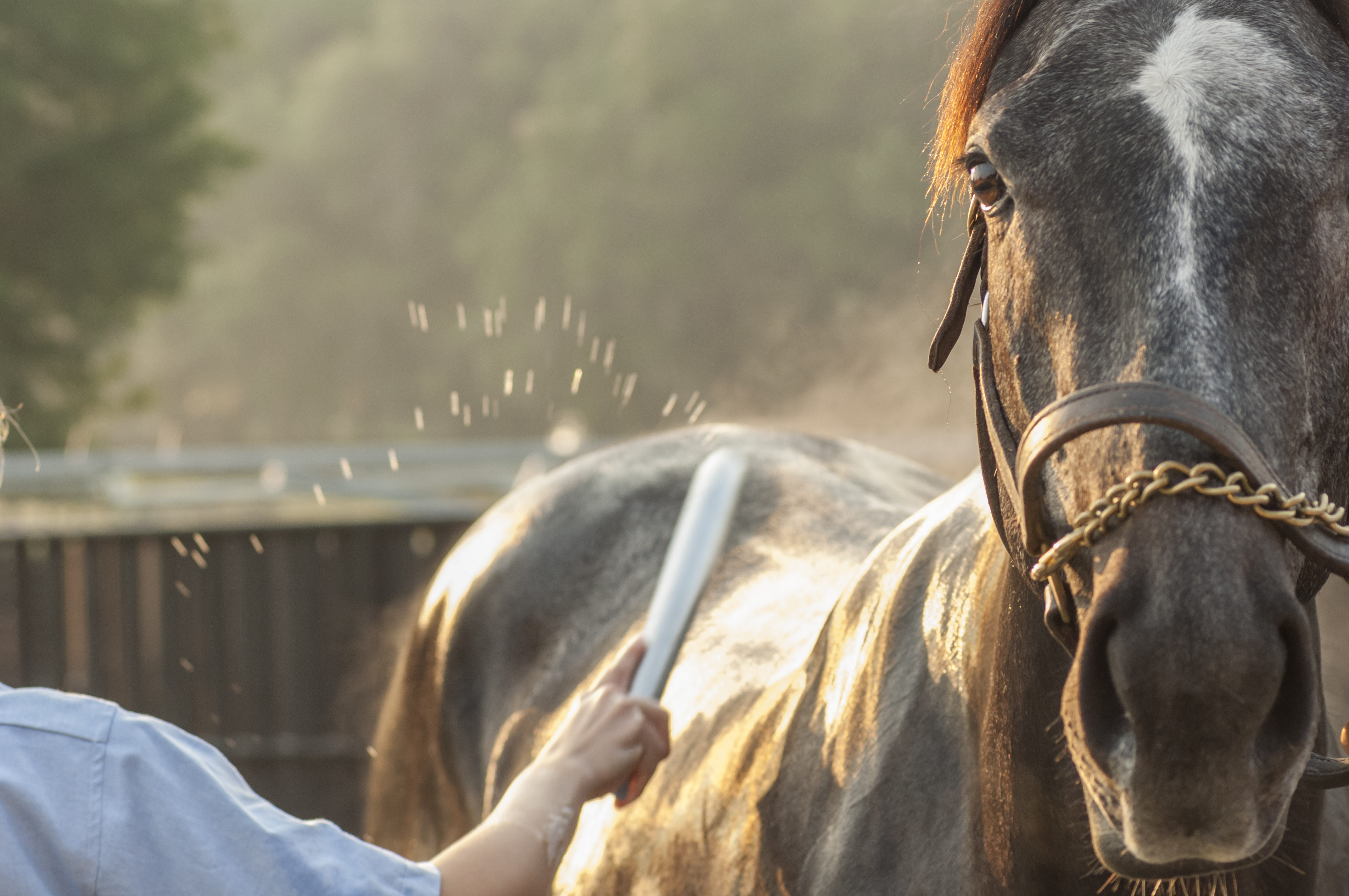
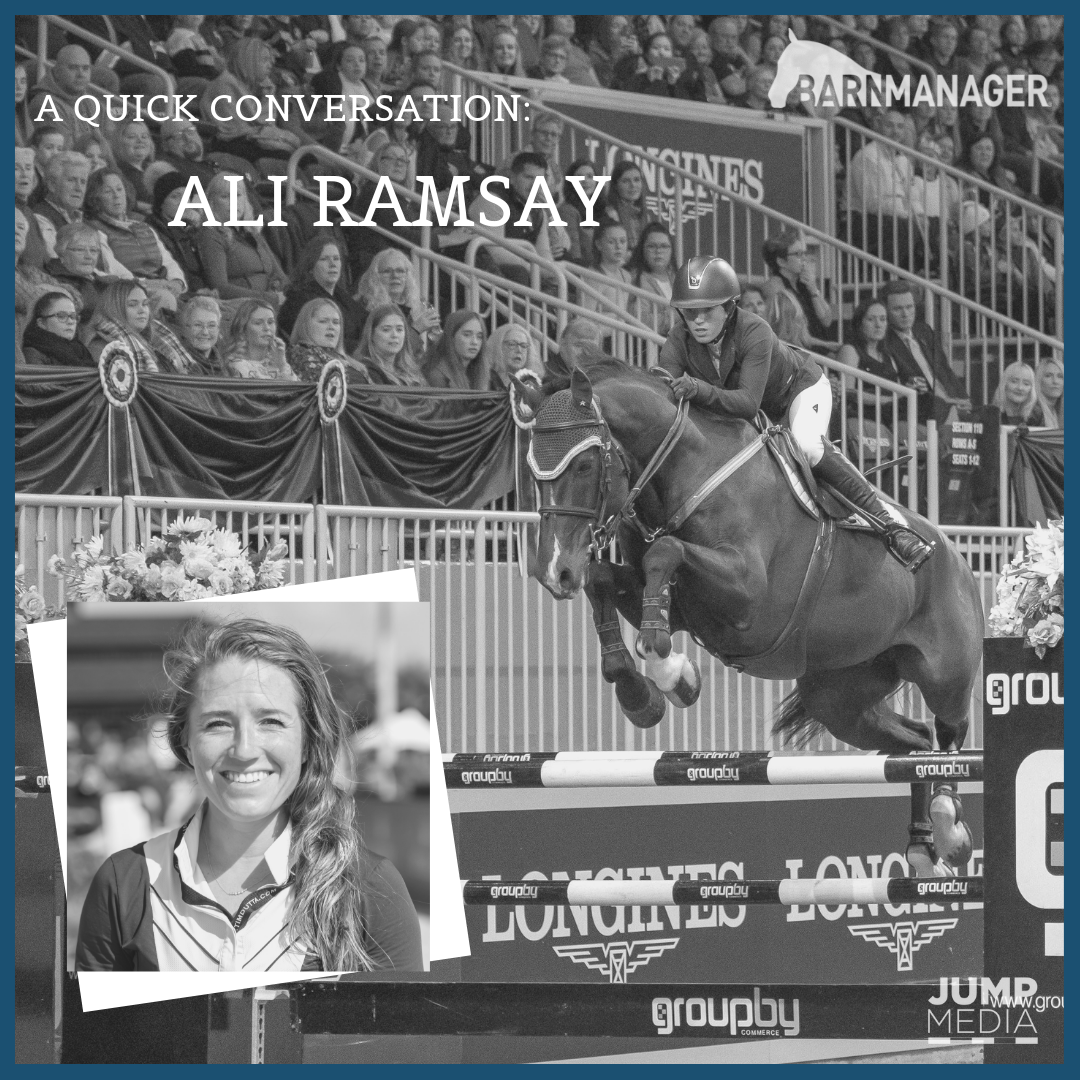
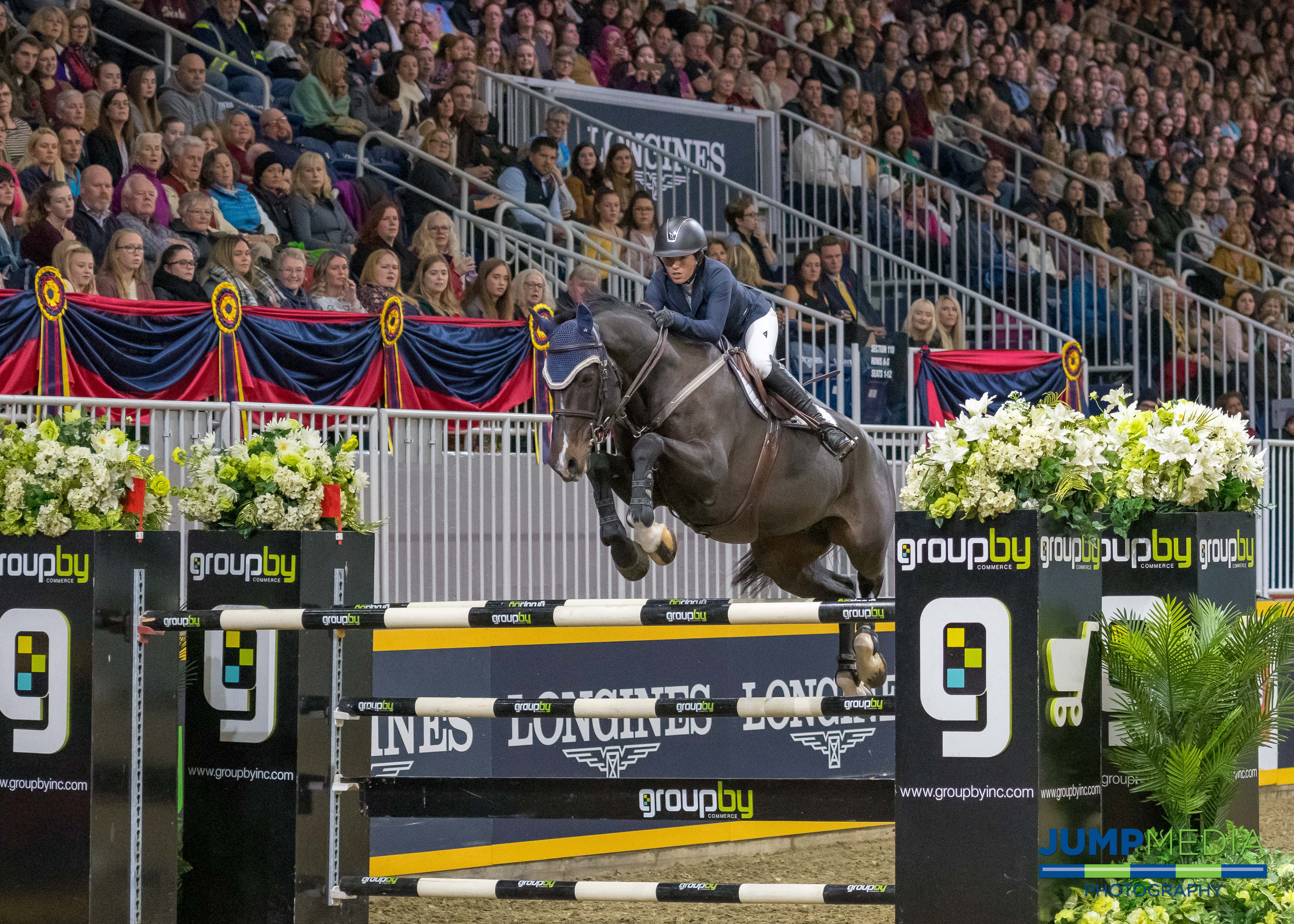
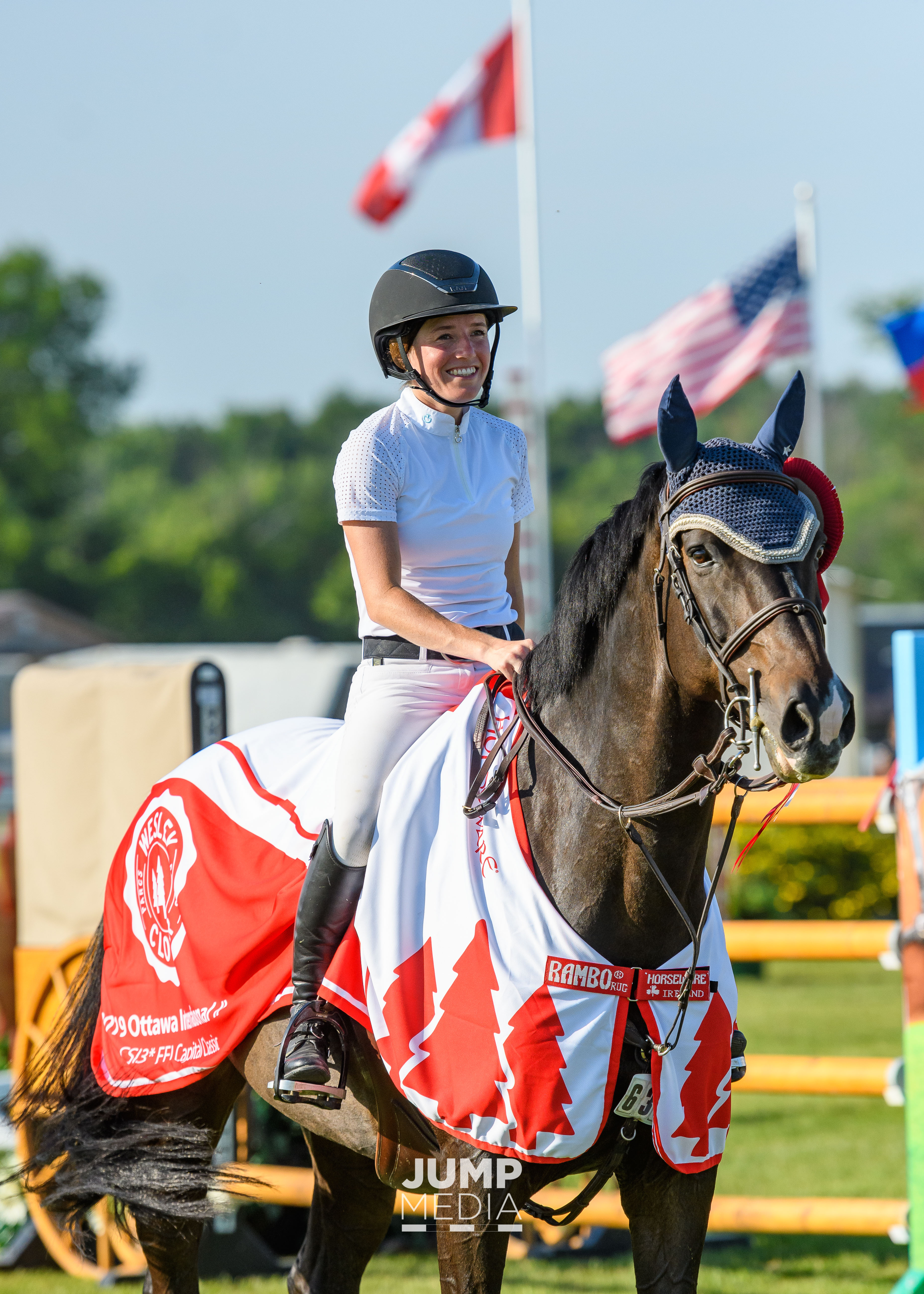
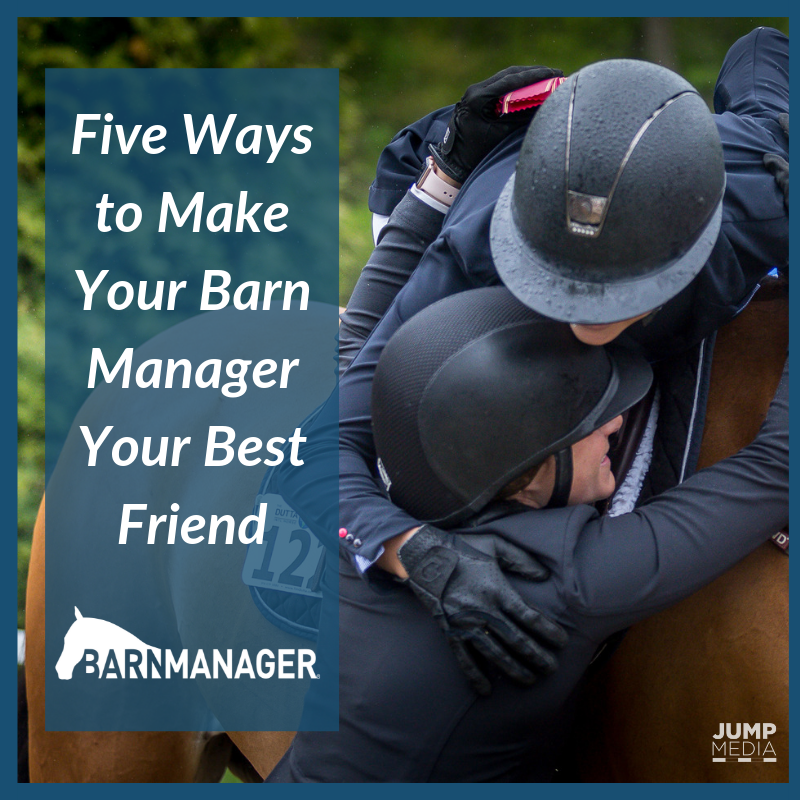
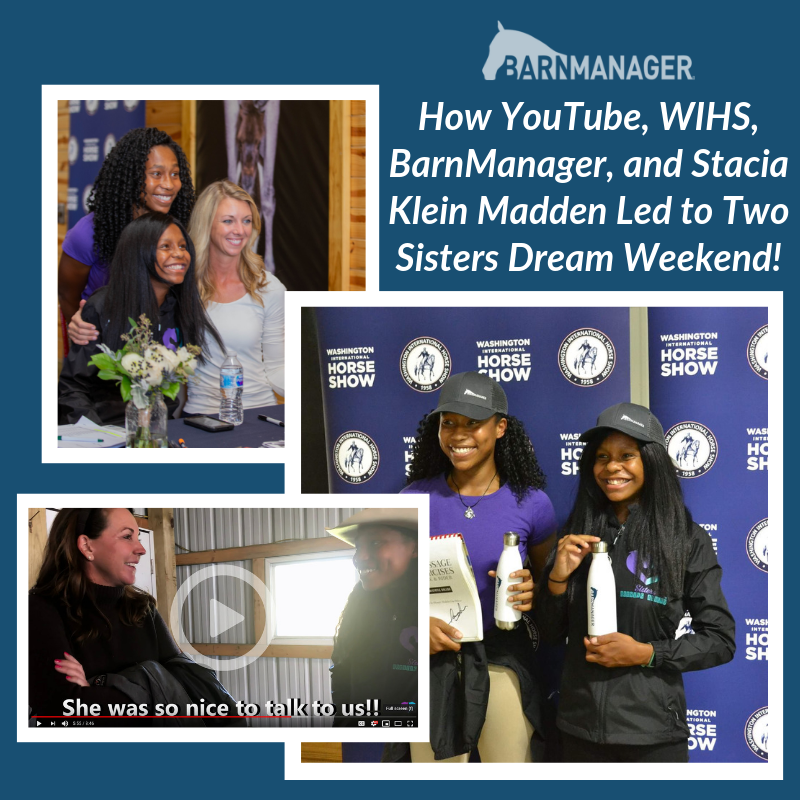
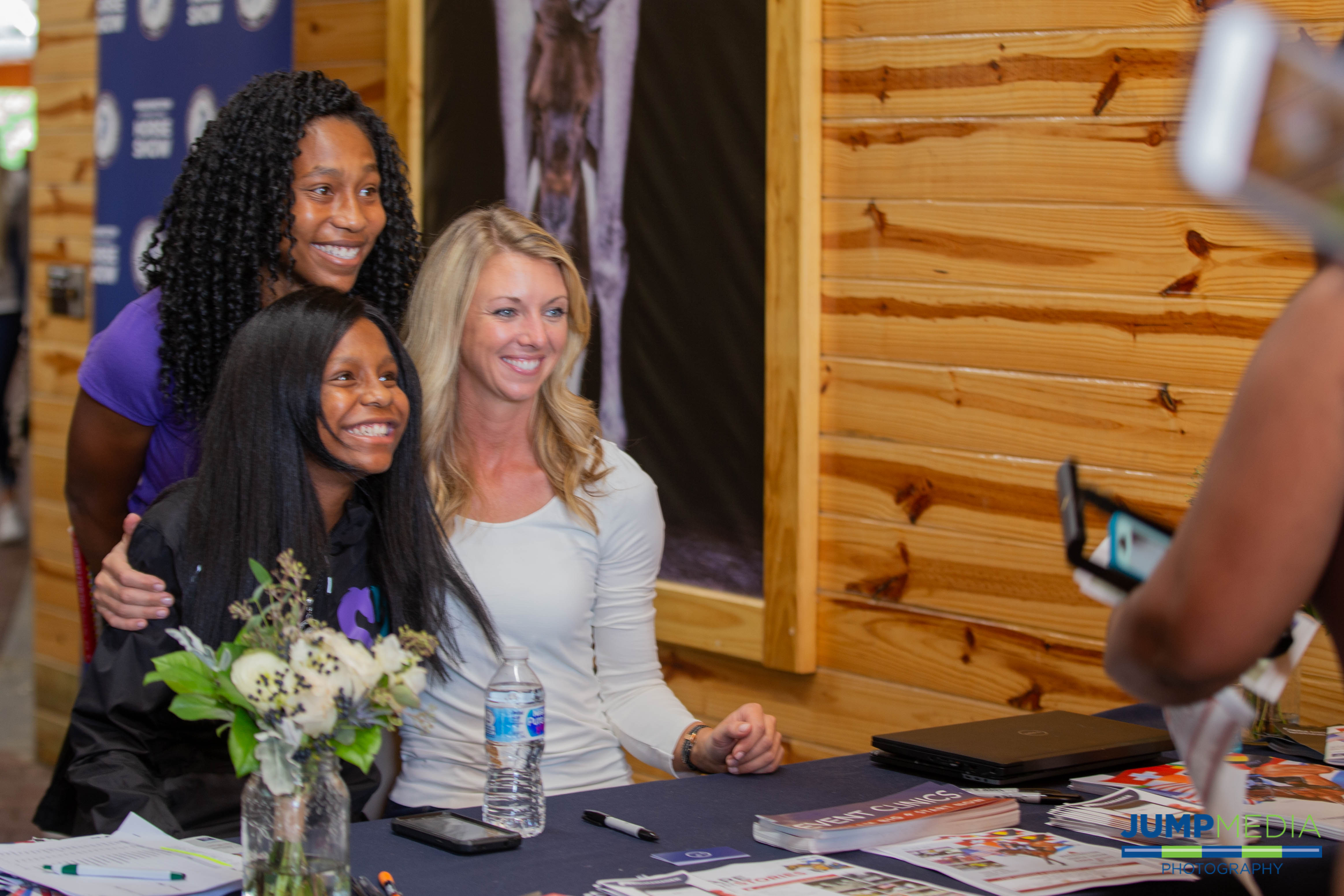 The Sisters Horsing Around, Emily and Sarah Harris meeting Laura Graves at the 2018 Laura Graves “Dressage for Jumping” clinic, presented by BarnManager and the Washington International Horse Show (WIHS). Photo by Jump Media
The Sisters Horsing Around, Emily and Sarah Harris meeting Laura Graves at the 2018 Laura Graves “Dressage for Jumping” clinic, presented by BarnManager and the Washington International Horse Show (WIHS). Photo by Jump Media 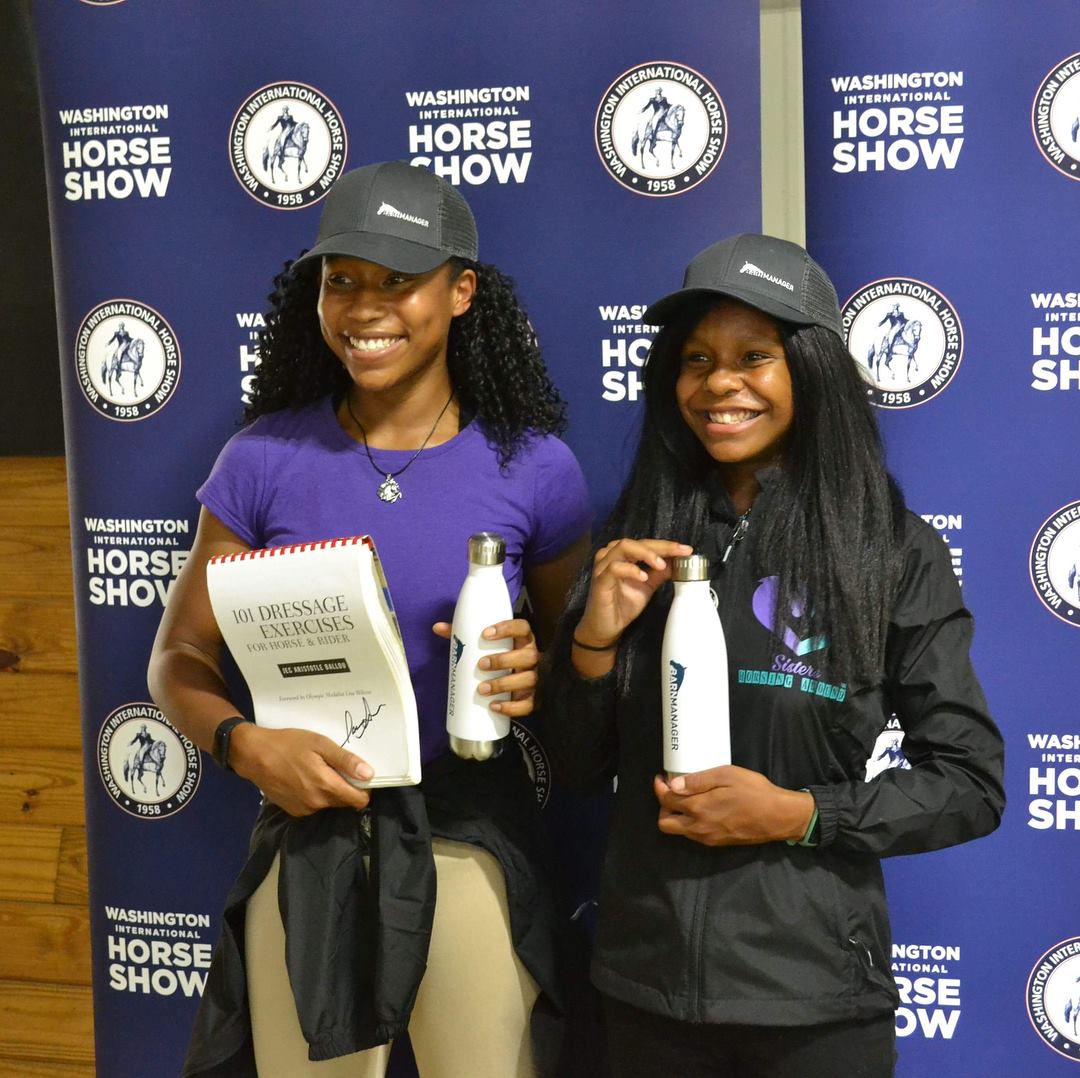 Emily and Sarah Harris sporting their BarnManager hats and water bottles! Photo via
Emily and Sarah Harris sporting their BarnManager hats and water bottles! Photo via 